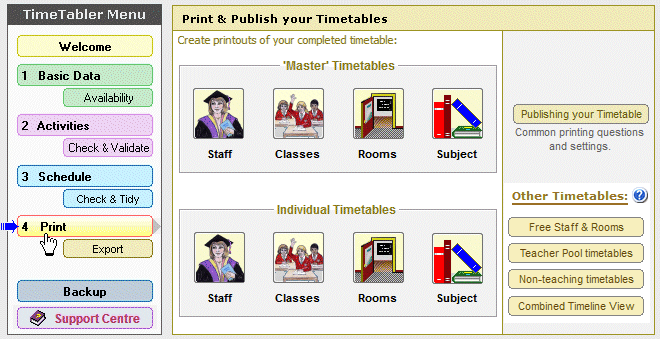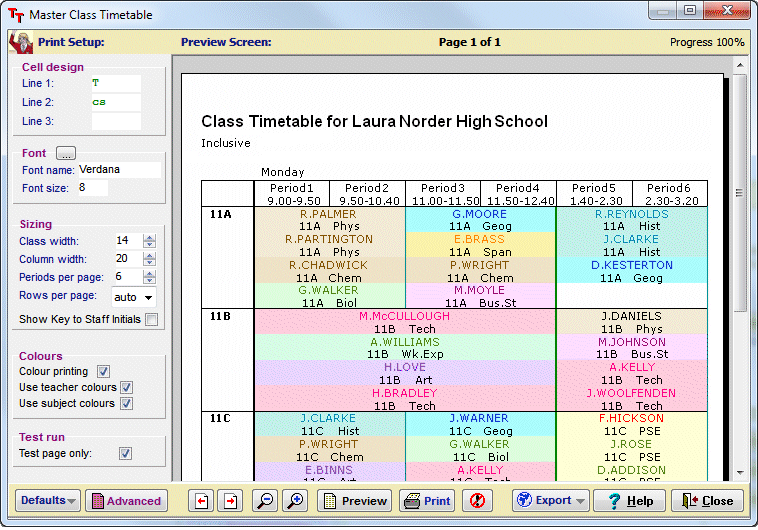| Physics for You | |||
AQA Revision Guide |
|||
| This was devised for the AQA specification starting in 2006, but (if you can get hold of a copy) many parts of it are still very good for today’s exams. | |||
| This Revision Guide covered all of: | |||
| AQA Core GCSE Science A and B, and | |||
| AQA Additional GCSE Science, and | |||
| AQA GCSE Physics, and | |||
| at Foundation Tier and at Higher Tier. | |||
| There were similar revision books for Chemistry and for Biology. (Publication date was June 2006)Clear – concise – accessible. For each topic/module, including ‘How Science works’, there is: |
|||
| An ‘input’ spread, showing the Key Points needed for the revision of this Physics topic. See more details below. |
|
| An ‘output’ spread, of Homework Questions and real Exam Questions on this topic, for practice. The answers are provided at the back, with comments & tips by an experienced Examiner. |
|
| In addition there are: | |
| Detachable ‘Revision Cards‘, one per topic, for last-minute revision, | |
| Examiners’ Hints & Tips, | |
| Advice on Revision Technique, | |
| Advice on Examination Technique, | |
| Sample answers at Grade C and at Grade A, so you can see how to improve your grade. | |
Each ‘input’ Revision Spread is laid out clearly, using boxes:
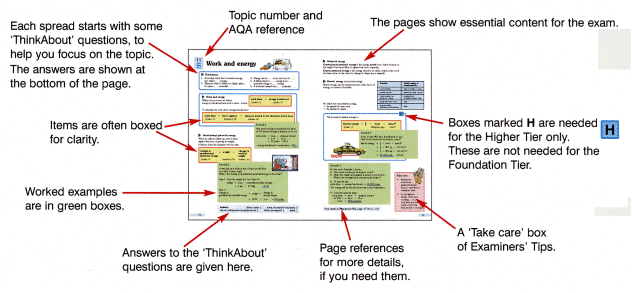

Click here to view a PDF of this page for AQA Additional GCSE Science, Topic 2.3:
‘What happens to movement energy when things speed up or slow down?’.
The ISBN is 0-7487-8377-6 (it was published by Nelson Thornes Ltd)


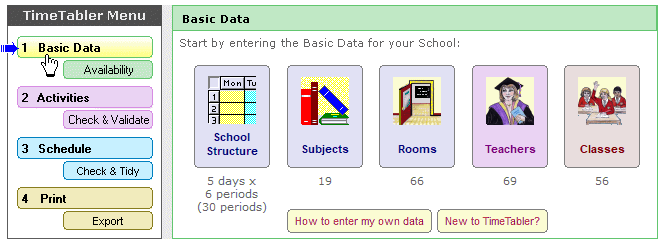
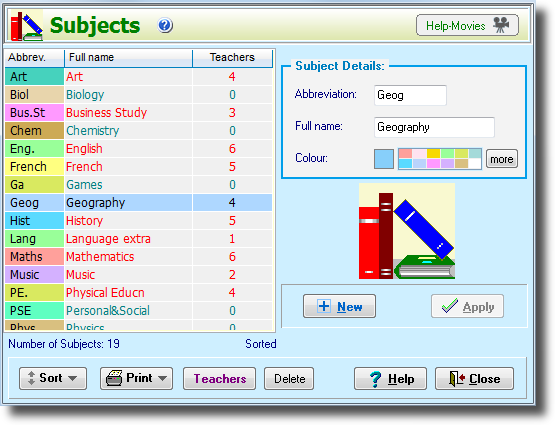
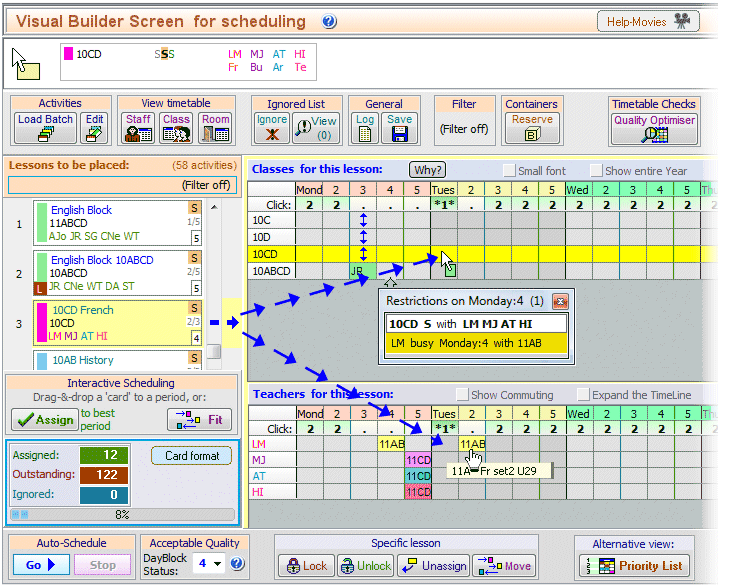

 button.
button.